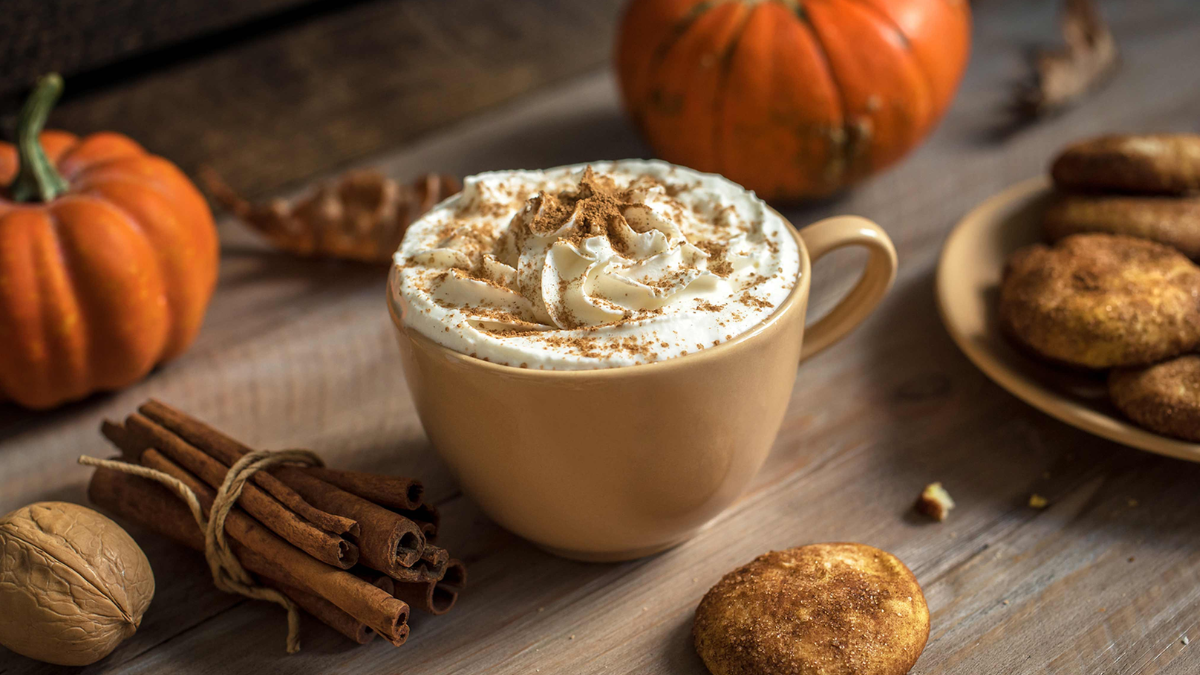For nearly two decades, pumpkin spice has been America’s unofficial flavor of fall. What began as a seasonal coffee release at Starbucks in 2003 exploded into a cultural phenomenon. Soon, every major chain—from Dunkin’ to Krispy Kreme—offered their own takes. Grocery store aisles filled with pumpkin spice cookies, cereals, chips, and even alcoholic beverages. Social media amplified the frenzy, with Instagram-worthy lattes and TikTok videos celebrating the cozy, cinnamon-clove-scented aesthetic of autumn.
But in 2025, signs of a pumpkin spice backlash are emerging. For the first time in years, sales data from major retailers show slowing growth in seasonal pumpkin spice products. Social media, once dominated by enthusiastic fall content, is increasingly filled with jokes about “pumpkin spice fatigue.” Memes circulate mocking the overabundance of pumpkin-flavored everything, from hummus to Spam. Consumers, it seems, may finally be hitting their limit.
The cultural conversation has shifted as well. What was once seen as an exciting seasonal indulgence is now criticized by some as over-commercialized, predictable, and even basic. Younger generations, particularly Gen Z, are embracing alternative fall flavors like maple, chai, and apple cinnamon. Meanwhile, health-conscious consumers are skeptical of the sugary, heavily processed products tied to pumpkin spice mania.
Yet pumpkin spice is far from disappearing. Starbucks’ Pumpkin Spice Latte (PSL) remains one of its best-selling seasonal drinks. Trader Joe’s continues to roll out pumpkin-flavored snacks that reliably sell out. And nostalgia still plays a powerful role—many Americans can’t imagine fall without the familiar aroma of nutmeg and clove.
From Starbucks Experiment to Cultural Phenomenon
The Pumpkin Spice Latte was first introduced by Starbucks in 2003. What began as a limited-time offering quickly became a ritual. Customers lined up on release day, treating it as the unofficial start of fall.
The success spread like wildfire. Soon, Dunkin’, Peet’s Coffee, and even fast-food giants like McDonald’s launched pumpkin spice drinks. Grocery stores jumped in, with products ranging from pumpkin spice Cheerios to pumpkin spice Oreos. By the late 2010s, pumpkin spice had evolved beyond food—it was a cultural aesthetic, tied to sweaters, fall leaves, and cozy imagery on social media.
This combination of seasonal scarcity, nostalgia, and digital amplification made pumpkin spice one of the most profitable limited-time marketing strategies ever.
The Signs of Pumpkin Spice Fatigue
Fast-forward to 2025, and the cracks are showing. While Starbucks’ PSL remains strong, the novelty factor has faded. Consumers increasingly roll their eyes at pumpkin spice overload, citing strange products like pumpkin spice Pringles or pumpkin spice dog treats as proof that companies have taken things too far.
On TikTok and Twitter, Gen Z creators poke fun at the pumpkin spice craze, calling it “basic” and overplayed. Food analysts note a rise in competing seasonal flavors—chai and maple lattes are gaining ground in popularity. Even traditional pumpkin spice fans say they no longer crave the flavor as much, opting for lighter, less sugary alternatives.
Retailers are responding. While pumpkin spice still dominates shelves in September, the number of new pumpkin-flavored product launches has slowed compared to previous years.
The Flavor Wars—Maple, Chai, and Apple Cinnamon Step In
If pumpkin spice is losing steam, what’s replacing it? The answer seems to be variety. Maple-flavored drinks and snacks are trending, often marketed as more “authentic” fall flavors. Apple cinnamon is experiencing a resurgence, tied to nostalgia for apple orchards and cider mills. Chai has surged with younger consumers, offering a spicier, globally-inspired alternative to pumpkin spice.
These new flavors reflect shifting consumer priorities. Gen Z tends to embrace authenticity, global influences, and variety, while health-conscious consumers prefer natural, less sugary options. The fall flavor market is becoming more diverse, with pumpkin spice now sharing the stage rather than commanding it.
Is Pumpkin Spice Really Going Anywhere?
Despite the backlash, it’s unlikely pumpkin spice will disappear. Starbucks’ PSL continues to generate massive sales, and the flavor has become too embedded in American culture to fade overnight. Much like eggnog at Christmas, pumpkin spice may simply settle into a comfortable seasonal niche rather than dominate every product category.
Marketers may scale back on gimmicky products and focus instead on core offerings—coffee, baked goods, and nostalgic treats that remain popular year after year. For consumers, pumpkin spice may become less about hype and more about tradition.
Conclusion
Pumpkin spice has been more than just a flavor—it’s been a cultural marker of fall in America. But after two decades at the top, it seems the craze has entered a new phase. The backlash doesn’t mean pumpkin spice is gone; rather, it signals that Americans are ready for more variety in how they celebrate the season.
October 2025 may be remembered as the year pumpkin spice stopped being the unquestioned king of fall flavors and became one tradition among many. Maple, chai, and apple cinnamon are rising challengers, reflecting evolving consumer tastes and generational shifts.
Still, pumpkin spice isn’t done. Its deep cultural roots, nostalgia factor, and enduring popularity at chains like Starbucks ensure it will always have a place in America’s fall rituals. But its days as the uncontested symbol of autumn may finally be coming to an end

